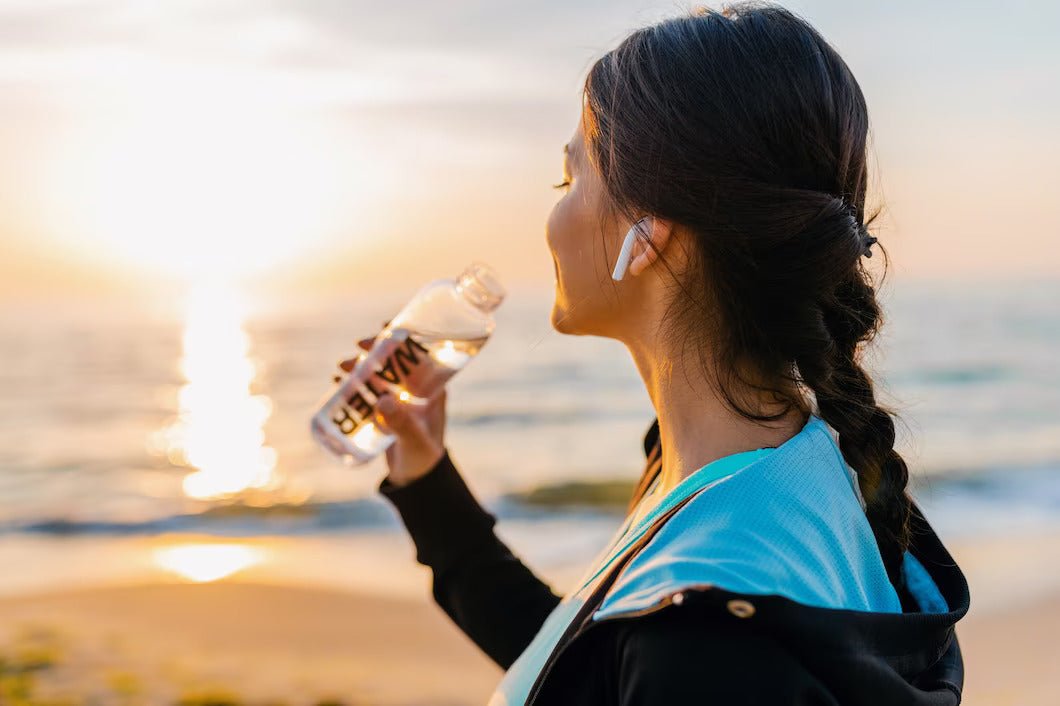Seventy percent of your body consists of water. Even bones which you may believe are entirely solid are made up of water 25% to be precise. People invest heavily in water purifiers because water purifiers remove harmful impurities and bacteria in water. We utilize water for almost all of our daily domestic tasks.
Even though everyone must drink safe and clean water, there are many rural areas in India with lack water, making it difficult for the majority of people to acquire clean drinking water. These individuals are left with little choice but to drink the available water, whether that means trekking great distances to obtain a few liters of water from wells that are about to dry up or using factory water outlets that are a repository of multiple lethal chemicals.
Knowing if the water you drink is safe for you is therefore equally vital. The water we drink contains traces of numerous different pollutants. Unknowingly, humans also consume these chemicals, which cause several illnesses linked to water poisoning.
People take precautions like boiling and filtering the water to purify it because they are aware of the need of drinking clean water. However, these methods only partially purify the water, making it unfit for consumption. TDS levels below 500 ppm are regarded as safe for human consumption. It's not enough to simply drink clean water from any old water purifier; it's also crucial to take the proper procedures when selecting one.
These types use chemical filtration and physical filtration techniques.
1. Activated Carbon Filters:
The most widely used water filters at home utilize what is commonly known as activated carbon, these are formed from charcoal. Charcoal is very porous in nature and so, it aids the purification process. While charcoal is excellent at removing many impurities, it is unable to handle "hardness" (limescale), heavy metals (save for when a specific type of activated carbon filter is used), sodium, nitrates, fluorine, or microbes.
The biggest drawback of activated carbon is that it gradually accumulates pollutants and requires the replacement of filters. This indicates that there is a continual (and occasionally significant) cost.
2. RO Purification or Reverse Osmosis:
Reverse Osmosis is quite simple. It works on the principle of pushing water through a membrane with pressure to ensure that the contaminants are left behind. Reverse osmosis entails applying pressure to tainted water to force it through a membrane contrary to its natural tendency, which requires the application of electricity.
In simpler words, pumps used in RO filters must be powered by electricity, which is expensive to operate. Reverse osmosis, like activated charcoal granules, is used for eliminating some contaminants (such as salt, nitrates, or limescale), but is less successful at eliminating bacteria.
One more disadvantage is that RO systems generate a significant amount of wastewater; for every liter of pure water they create, some systems lose four to five liters of water.
3. Process of softening water with Ion Exchange:
Water "softening" with ion exchange is highly effective. They are made to create ions by dissolving the atoms of a contaminant. Then they capture bad ions and release good ones which are less disruptive ions in their place, thus exchanging the ions.
So, how do ion exchange filters function?
Many zeolite beads with sodium ions are used to create ion exchange filters. When you add hard water to an ion exchange filter, the magnesium and calcium compounds inside the water break down into magnesium and calcium ions. Since magnesium and calcium ions are more appealing to the filter beads than sodium ions, they capture the entering magnesium and calcium ions and then release their sodium ions to take their place. The water tastes softer and, in the opinion of many, more pleasant when the magnesium and calcium ions are absent.
However, sodium is merely a different type of impurity, hence the result of ion-exchange filtration cannot be referred to as "clean water" (the added sodium can even be problematic for people on low-sodium diets).
4. Boiling or Distilling water:
Boiling water is one of the well-known ways to filter it, but while the heat eliminates many different germs, it leaves behind chemicals and other impurities.
Distillation goes beyond simple boiling by capturing the vapor produced during the boiling process and then condensing it into clean drinking water in a different container. Toxic heavy metals and other contaminants are left behind as the steam separates and boils off because water boils at a lower temperature than some of the impurities it carries.
Unfortunately, some pollutants, such as volatile organic compounds, boil at a lower temperature than water, which means that the distillation process is unable to remove them; instead, they just evaporate with steam.
Types of water purifiers
Here is a list of Livpure water purifiers that you should look at because they are the best in India and meet all the requirements for selecting the right one.
- The simplest, most efficient, and best water purifier is Livpure RO + UV.
- Water purifier Livpure RO + UF, suited for soft water.
- The greatest water purifier that satisfies the requirements for supplying mineral water is Livpure RO + UV + UF.
- The greatest copper water purifier and overall cleaner in India is the Livpure Linea copper water purifier.
- Excellent quality mineral water is provided by the Livpure Bolt RO + UV mineralizer water purifier, which is also the most affordable water purifier.
You can also use water purifiers that have copper in them to taste copper's benefits in every sip. Minerals are added to food that is prepared using water purified with copper. As a result, you should act responsibly to preserve the environment and take preventative actions to do so.
About Livpure
Your hunt for a reliable RO online has come to an end. The best RO purifier is made by Livpure, which uses cutting-edge seven-stage filtering technology to eliminate all types of impurities from water.
Additionally, your water's essential minerals are replenished via an internal mineralizer. A water purifier's kind and capacity will determine how much it costs. Purchase a Livpure RO water purifier from the manufacturer's website right away as a health investment for your family.
Also read : how to check water quality of water purifier



